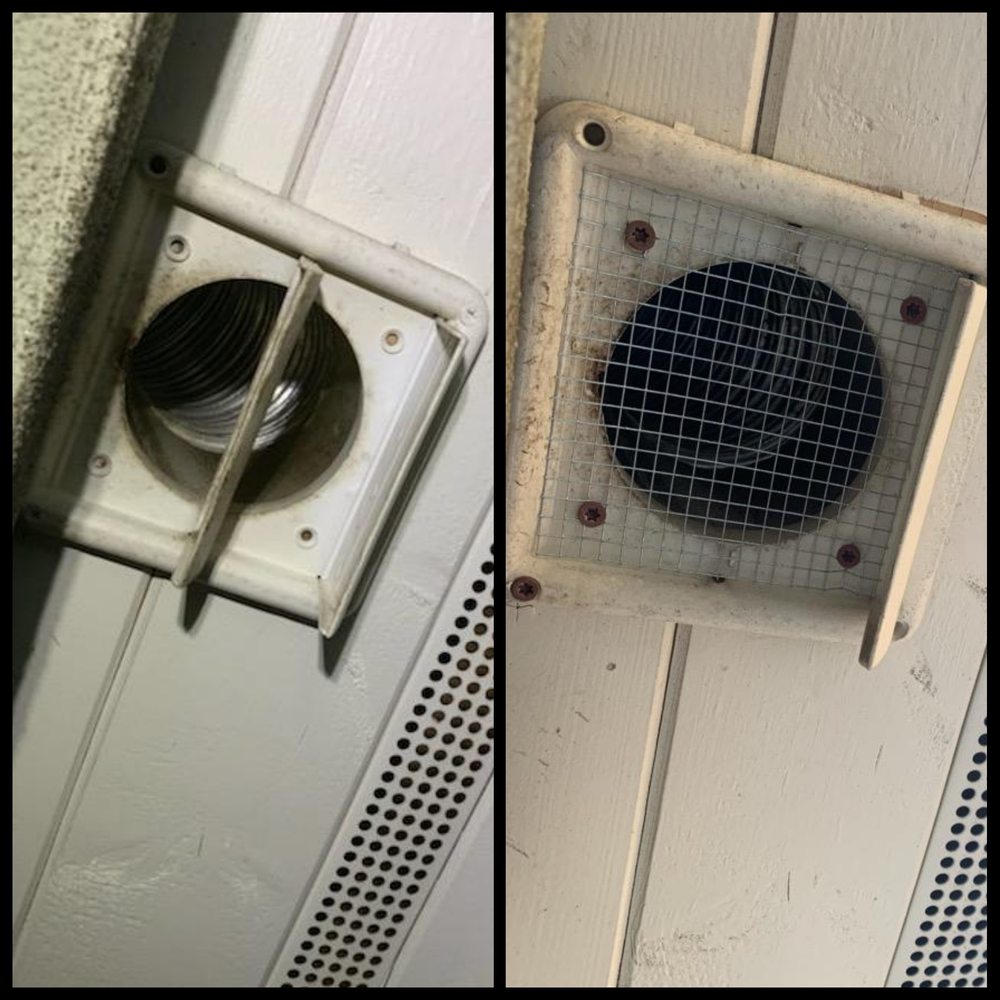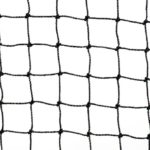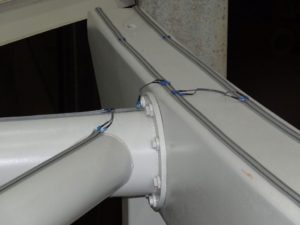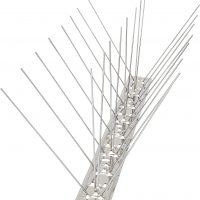An ounce of prevention is worth a pound of cure.
While this adage is used in the medical community, it also rings true for pest control.
Pest Exclusion is the implementation of tactics and the use of specially designed tools to PREVENT pests from becoming an issue for your home or business. When compared to the cost of removing a pest infestation from your home, these techniques could save you thousands of dollars in damages and time.
In our Ultimate Pest Exclusion guide, we will share with you all the tried-and-true techniques that we at Got Gophers can offer you to protect your home or property!
Do not have pests in your home but notice your neighbors being visited by pest control trucks?
Overhear other neighbors complaining about raccoons going through their disposal bins and leaving trails of trash all over their property?
Even if you have not seen evidence of pests in your home or around your property, implementing the following exclusion tactics you find in this ultimate guide will save you thousands of dollars in future damages.
In this Ultimate Pest Exclusion Guide, we will cover in detail the techniques used to prevent the infestation of the most common vertebrate pests found in North America: rodents, raccoons, bats and birds. Let’s get started!
Exclusion Techniques For Raccoons

When winter has ended, and spring is in the air most of us think of wildflowers and sunshine. We here at Got Gophers think of cubs. You read right, raccoon cubs.
Raccoon mating season is between January and June, with most mama raccoons giving birth in April and May, but later litters are not un-common. Therefore, a female raccoon will be searching for a nice place to build a den and birth her litter of cubs (3-7 future trash bandits). If we were talking about a wild mama raccoon outside the city limits, we could picture a small cave, a space dug beneath a large boulder or even inside an old fallen tree.
Since we live in towns and cities where raccoons have learned to forage for food from the almost infinite supply of trash we create, these adaptable creatures will find any spaces available to den. This means inside attics, basements, sheds, barns, chimneys, and even under decks and wood piles.
Consequently, exclusion is the key to eliminating den sites. Here is our step-by-step guide to raccoon exclusion.
Step 1 – Identify any access points to your home
Open vents beneath awnings and roof overhangs are typical ways
raccoons access attics and get inside walls. Foundation access points such as
small wooden doors, loose foundation openings or basement windows left unlocked
or ill-maintained can also allow raccoons access.
Step 2 – Build Them Out
Once you have identified these entry points securing a strong wire
mesh to them with industrial bordering and attachments will keep these little
guys out of these areas.
Remember, the mesh and attaching mechanisms must be
extremely strong. Regular window screen mesh WILL NOT keep a raccoon out of
these entryways.
Raccoons are extraordinarily strong for their size and have long fingers on their paws. It is not un-heard of for raccoons to open small latches with ease. Tearing at a simple screen or a weakly attached wire mesh will be a piece of cake for these critters.
If you have a fireplace not often
used, this can be another place for mama raccoons to build their dens. We
recommend placing an up to code spark arrester on your chimney. These caps not
only defend against raccoons, but also tree squirrels, rats, and birds.
Step 3 – Protect the outside of your home
Another common place raccoons tend to den is beneath decks and
patios. All patio bottom siding will need to be strong and secure. Urban
raccoons have learned to find weak spots in fences and siding and will use
those tiny hand-paws mentioned earlier to tear away weak boards or wiring to
gain access.
We suggest that all areas beneath porches, decks, and garden or
tool sheds should be tightly
screened with 10-gauge 1/4- or 1/3-inch galvanized hardware mesh. The bottom
edge of the wire should be buried at least 6 inches deep, extended outward for
12 inches, and then back covered with soil. A plus to this technique is that it
will exclude not only raccoons but also skunks, opossums, squirrels, and rats.
If you already have raccoons or pests in any of these areas, it is time to give us a call. Here at Got Gophers we will remove your pest infestation and help you plan and implement these exclusion techniques.
Pest Exclusion Techniques For Rodents

Eek! It’s a mouse…no…it’s a rat!
Either way it is a rodent, and it is not welcome. Rodent exclusion is the best way to prevent a full-scale invasion of these disease carrying vermin. Rats and mice not only carry deadly diseases, but they can destroy food supplies and leave urine and feces that cause a foul odor throughout your home. The damage caused by these critters can cost you thousands of dollars, whereas the tactics found in this ultimate pest exclusion guide will only be a fraction of that potential cost.
The following are the best practices for rodent proofing your home as recommended by the University of California Agriculture and Natural Resources departments’ statewide Integrated Pest Management program.
· Repair or replace damaged ventilation screen around the foundation and under the eaves.
· Provide a tight-fitting cover for the crawl space.
· Seal all openings around pipes, cables, and wires that enter through walls or the foundation.
· Be sure all windows that can be opened are screened and that the screens are in good condition.
· Cover all chimneys with a spark arrester.
· Make sure internal screens on roof and attic air vents are in good repair.
· Cover rooftop plumbing vent pipes more than 2 inches in diameter with screens over their tops.

Remember that rodents use their strong front teeth to gnaw away plastic sheeting, wood, caulking, and other less sturdy materials. Course steel wool, strong wire mesh and light-weight sheet metal are the preferred materials for plugging gaps and holes in your home.
Since these critters are excellent climbers (especially roof rats and mice), take extra care to check under awnings and roof overhangs for access points to your home.
Another tactic you can implement to make sure you are doing all you can to prevent the attention of rodents is to securely store all your food supplies. Keeping any foodstuffs not within your kitchen stored inside tightly latched freezers and metal pantries will prevent the rodents from even being aware of your supplies. Also making sure not to store pet food outside or on the ground will help not calling attention to your home as a one stop shop for hungry rodents.
If you already have a rodent infestation, give us a call so we can rid you of these pests and help you plan for exclusion so it never happens again.
Pest Exclusion Techniques for Birds

While most of us do not think of birds as pests, when they invade your attic or walls, create their nests beneath your roof awnings and leave their droppings all over your property, homes and businesses, we are sure pest is exactly what you would call them (maybe even with a few expletives added for good measure). Often these winged menaces cause the most problems on larger commercial properties, though it is not un-common for them to invade residential areas wreaking havoc on gardens, patios, and decks.
Has your home become the landing zone for a pack of pigeons?
Has your business awning become the roost for a troop of swallows?
Has your business parking lot and entryway become a shooting gallery for a squad of seagulls with irritable bowel syndrome?
The longer a bird roosting situation is permitted the harder it is to get rid of them. There are many reasons to worry about a bird problem and not all of them have to do with unsightly droppings:
· Nesting materials can cause clogging in important drainage outlets which will lead to flooding and potential damage.
· If you own a business, being infested with birds can cause harm to production rates and/or customer experience, costing you money.
· Birds often get trapped in HVAC ducts or equipment causing clogs and jams which can lead to fires if un-noticed
· Bird droppings can cause irreparable and costly damage to equipment, walkways and rooftops because of their high acid content
Exclusion Tools For birds:
As with all pests the first step is always to close off any entry to your home/building by closing off access with wire mesh or metal lashing.
For birds specifically though here are a few specific tools at your disposal:
· Bird Netting – Placing netting to block eaves, awnings, canopies from bird access is a safe and humane way to prevent birds access to these areas.

· Shock Tracks – Most often used on larger commercial properties, these shock tracks can be laid down and prevent birds from gathering and roosting on ledges above entryways and sidewalks where your customers and employees will most often be. Though it sounds cruel, these shock tracks are designed to give a light humane shock to any bird simply scaring them away. No need to worry about barbequed pigeon raining down from the sky.

· Bird Spikes – Bird spikes are a humane and highly effective way of creating a no-landing zone for birds. They blend well and are hard to spot unless specifically looking for them and do not harm the birds. Because of their versatility they are often used on narrow areas such as above windows, on top of light posts, security cameras, signage, parapet walls and ledges.

If you’re experiencing an infestation of the avian kind call us now to help assess the situation, create an exclusion plan and execute it for you.
Pest Exclusion Techniques for Bats

Recently bats have garnered a bad name for reasons we do not need to mention here, but bats are actually a very important part of the ecosystem and have several beneficial purposes that we humans take for granted.
They are natural predators to many species of night flying bugs which make them a vital part of our environment. There are 45 species of bats living in North America, 25 of which call California home!
Although bats are an important part of the ecosystem, they can be dangerous carriers of disease and ectoparasites. For this reason, bats can be pests that require professional assistance when they have roosted in your business or home.
Whether you have a single bat in your home or have a colony roosting in your attic or in your walls you will want to rid yourselves of these necessary pests right away and build them out of your home to keep them from returning so they can do their important duties out in the wild as nature intended.
The following exclusion techniques can be found in the Bat section of the University of California Agriculture and Natural Resources page, along with so much more useful information on bats and other vertebrate pests found in California.
· As with other pests, bats will roost where they can find warmth. Therefore chimneys, walls and attics their favored places of rest. Placing an up to code spark arrester on your chimney will keep them from entering your fireplace (check with your local fire department to see what is acceptable). Open doors and windows are also easy entry for our squeaky friends, so well maintained screens will be useful for these entryways.
· Any holes on the outside of your home are potential entryways for our blind invaders. Seal any holes, spaces around plumbing pipes equal or greater than ½ inch with steel wool or caulking. Bats don’t gnaw or chew like rats do, so softer plugging materials will work, but we recommend using steel wool or light metal flashing so you can exclude rats, mice and bats all with one technique.
If you suspect a bat infestation in your home, on your property, or in your place of business please call us so we can send our professional technicians to assist you, as dealing with them yourself can be dangerous if you do not have the proper protective gear. Once we clear your home of the infestation we will help you implement a proper exclusion strategy so you can be sure your home is secure and safe.
